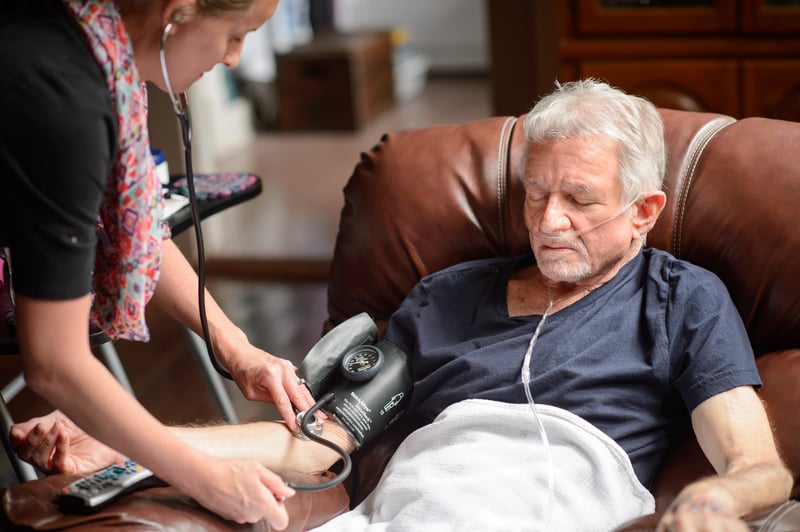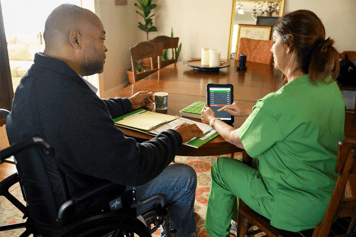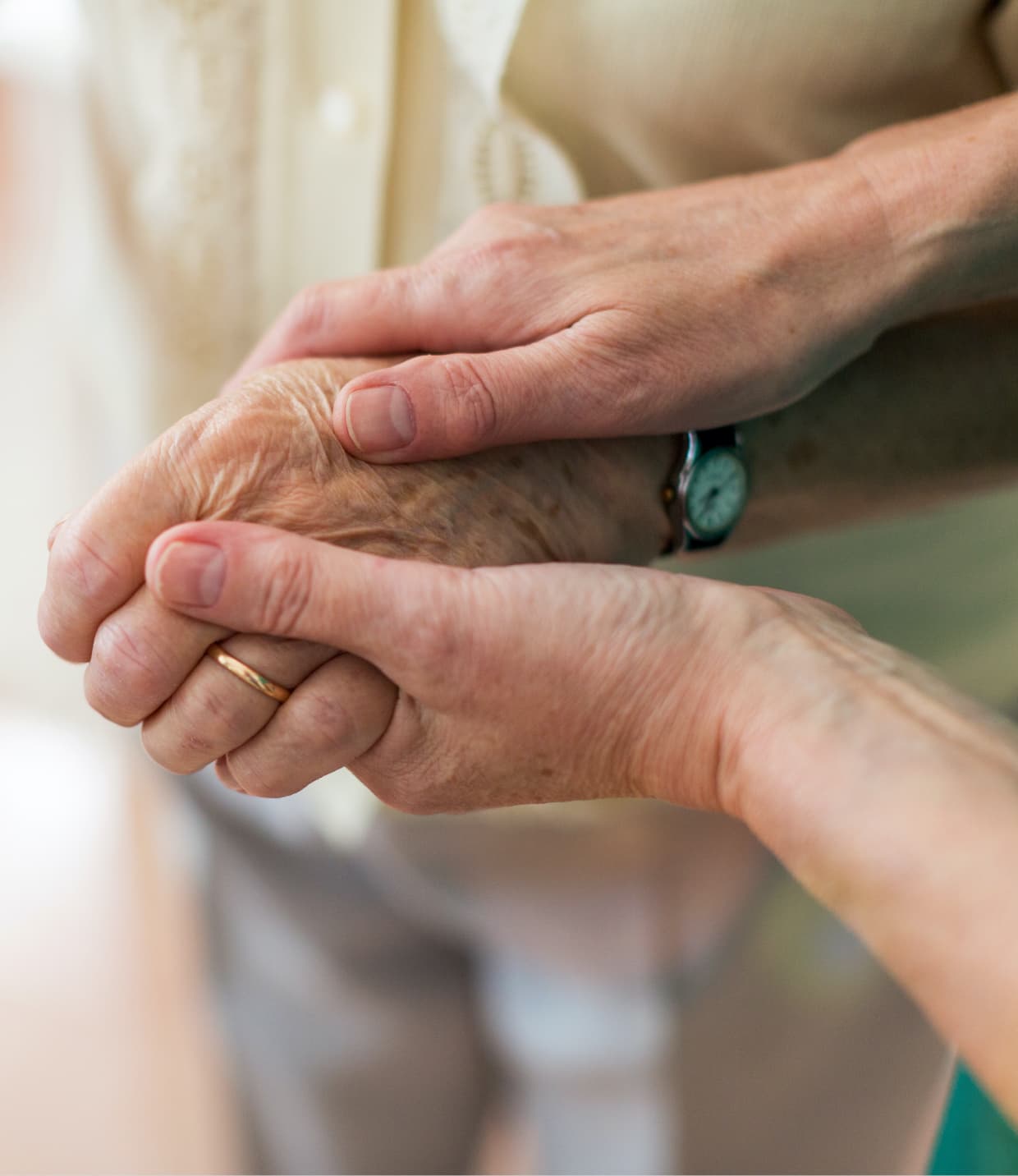“When is the right time for hospice?”
It’s a question we hear nearly every day. And this question is typically followed with a statement like: “we’re not sure we’re ready.”
There are few easy answers when it comes to a serious or terminal illness, but through education and knowledge, you can put yourself and your loved ones in a position to make informed, empowered choices.
“The Right Time”
Hospice is a 100% covered Medicare benefit for anyone with a life expectancy of 6 months or less, if the disease runs its normal course. This does NOT mean the patient is actively dying, that the patient needs to suspend all treatment options and medications, or that there’s any guarantee of how much time they have left.
What it DOES mean is a hospice conversation is for anyone with a serious illness who wants to explore all of their care options, to discuss their goals, and to be in a position to make an informed choice. (Unfortunately, the average patient only receives hospice for only a fraction of the benefit. We’ll get into those numbers more a little later.)
[action 1]
“Not Ready”
As both a 14-year hospice veteran and the child of a parent who benefitted from hospice, I can say with confidence that being “ready” is a misnomer. Very often, we’re not ever going to be 100% ready to say our final goodbyes. The loss of a loved one is hard and carries with it a set of complex emotions. The discussion about care options should be less about readiness and more about how to make the most of every moment. The hospice journey should be about meeting the patient and family’s goals, celebrating every special moment, bringing as much quality as possible to every day, and providing support and comfort every step of the way.
“Hope”
Our hospitals and physicians are brilliantly skilled and do so much good for those under their care. There have been significant medical breakthroughs and technological advances that, in many cases, have given us new hope for recovery and cure, even in the face of a lie-threatening illness. With these advances, however, has come the belief that the only appropriate “hope” is one for a full recovery.
It’s why I have a love/hate relationship with the word “hope.” On one hand, hope is fundamental to who we are as humans and an essential part of life. On the other hand, hope for recovery or cure in the face of an uncurable disease sets us up for disappointment and heartache.
Because cure isn’t always an achievable goal. And in the face of a serious illness, goals and priorities change. A conversation with a hospice specialist helps you talk through these goals and priorities. And then a care plan can be developed to address what’s important to you.
“17 Days Isn’t Enough”
So then why is there such a glaring discrepancy between the length of the hospice benefit (180 days) and the number of days of hospice care the average patient receives (17.4 days)? And why has this discrepancy continued to widen as hospice stays have grown shorter and shorter?
The myths and misconceptions surrounding hospice are a driving force here. Add to that our societal belief that we should always “fight” for a cure even in the face of insurmountable odds, and it’s no wonder that there’s a reluctance to consider the hospice path.
Unfortunately, delayed access to hospice care isn’t without its problems. As any hospice specialist would tell you, 17 days of hospice is far better than no hospice at all. But the hospice team can do so much more to support the patient and family if they have more time.
In fact, study after study emphasizes the value of earlier access to hospice. Multiple studies have even validated that hospice care can extend your life expectancy. Yes, you read that right. Patients on hospice can live as many as 81 days longer than patients without hospice.
And the advantages of entering hospice early, or at least sooner rather than later, are many. Symptoms may be better managed. Pain and psychological suffering may be minimized. The longer patients are in hospice, research shows, the more they benefit from it. A patient in hospice care is more likely to be at home than in the intensive care unit of a hospital, enjoying the comforts of their own bed, their loved ones, their pets, and familiar surroundings.
“Coming to Terms”
Confronting death is hard. Acknowledging that the burden of treatment outweighs the benefits is hard. And accepting that hope for more years has turned to months, weeks, and days is hard.
However, that doesn’t mean we can turn a blind eye to our available options.
As patients, family members, and friends, we should come together and seek to become better informed and better empowered to choose our own path.
This means asking our healthcare professionals about ALL of our options. Doing our own research. Taking time to review the benefits and risks of a current or recommended treatment plan. And advocating for the care path that is most consistent with our priorities, goals, and wishes.
Whether or not hospice is the right answer today, knowledge is power. It’s the key to feeling more control of your care, and it’s the best way to make sure you have the opportunity to live every day of your life on your own terms.
Learn more about the hospice benefit and whether Amedisys can help by contacting the hospice care center in your area or by taking our “Is Hospice the Answer?” quiz.






